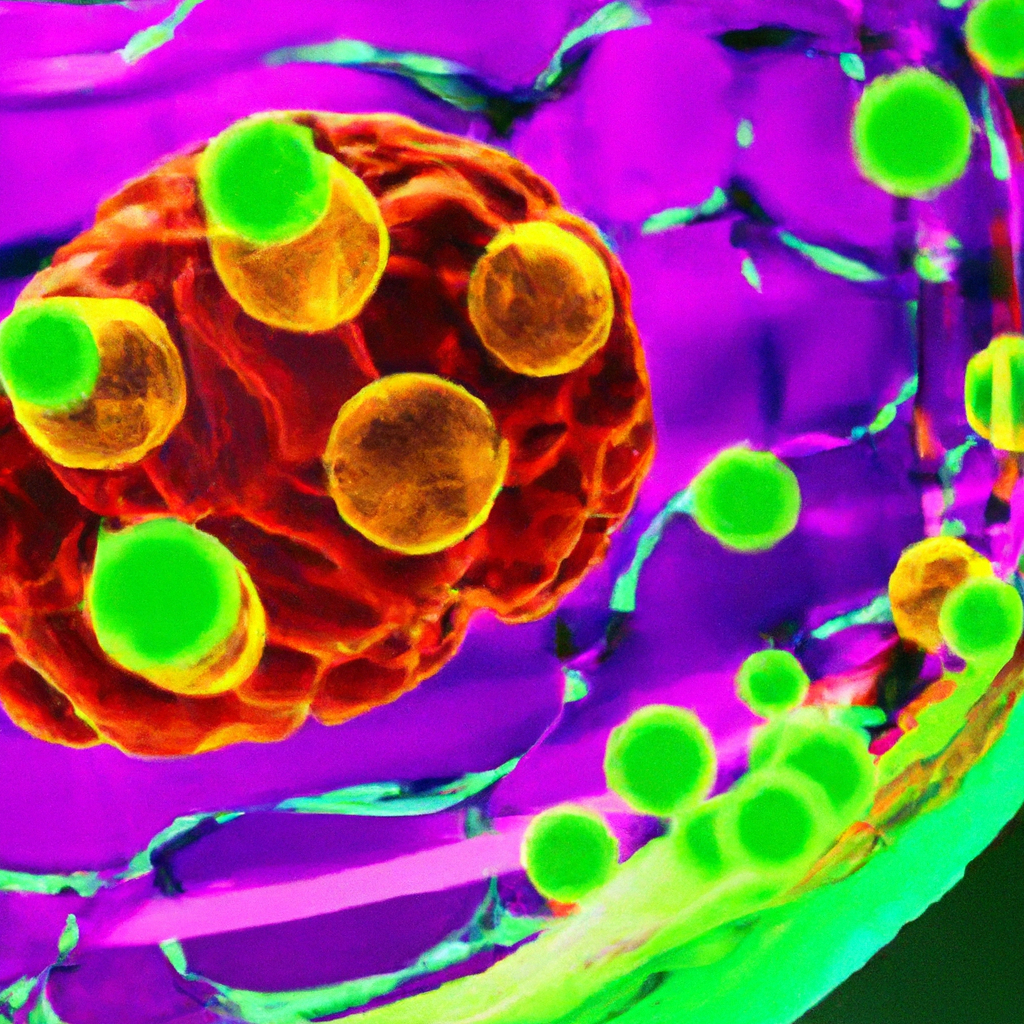If you’ve ever wondered about the fascinating world of stem cells and their impact on cancer treatment, look no further. In this comprehensive guide, we will explore the incredible role that stem cells play in the fight against cancer. With a focus on Malaysia, we will delve into the various ways in which stem cells are utilized in cancer treatment, their potential benefits and limitations, as well as the exciting advancements being made in this field. Whether you are a medical professional, a patient, or simply curious about the wonders of science, this article promises to provide you with a friendly and informative journey through the world of stem cells in cancer treatment.
Introduction
If you or someone you know has been affected by cancer, you understand the devastating impact it can have on individuals and their loved ones. Finding effective treatments for cancer is a top priority for scientists and medical professionals around the world. One area of research that shows great promise is the use of stem cells in cancer treatment. Stem cells have the unique ability to develop into different types of cells in the body, making them a valuable tool in the fight against cancer. In this comprehensive guide, we will explore the role of stem cells in cancer treatment, focusing specifically on the context of Malaysia. So, let’s dive in and learn more about stem cells and how they can help in the battle against cancer.

Understanding Stem Cells
To fully appreciate the role of stem cells in cancer treatment, it’s important to first understand what stem cells are and the different types that exist. Stem cells are undifferentiated cells that have the potential to develop into various specialized cell types in the body. They have the remarkable ability to self-renew and differentiate, making them invaluable in regenerative medicine and cancer research. There are three main types of stem cells: embryonic stem cells, adult stem cells, and induced pluripotent stem cells.
Embryonic Stem Cells
Embryonic stem cells are derived from embryos that are just a few days old. These cells are pluripotent, meaning they have the potential to develop into any cell type in the body. Due to their versatility, embryonic stem cells have been a major focus of research in the field of regenerative medicine. However, their use is controversial due to ethical concerns surrounding the destruction of embryos in the process of obtaining these cells.
Adult Stem Cells
Adult stem cells, as the name suggests, are present in adult tissues and organs, and they play a vital role in maintaining and repairing the body throughout life. These cells are located in various tissues, such as bone marrow, blood, and skin, and they have the ability to differentiate into specific cell types within their respective tissue of origin. Adult stem cells are considered multipotent, as their differentiation potential is limited to specific cell lineages.
Induced Pluripotent Stem Cells
Induced pluripotent stem cells (iPSCs) are a type of artificially reprogrammed stem cells. They are created by introducing specific genes into adult cells, such as skin cells, which then revert back to a pluripotent state. iPSCs share many characteristics with embryonic stem cells, including their unlimited self-renewal and differentiation potential. Their creation has opened up new possibilities in disease modeling, drug testing, and personalized medicine.

Types of Cancer
Now that we have a basic understanding of stem cells, let’s explore the different types of cancer that stem cell-based therapies can potentially target. Cancer is a complex group of diseases characterized by the uncontrolled growth and spread of abnormal cells in the body. Here are some of the most common types of cancer:
Breast Cancer
Breast cancer is the most common cancer among women worldwide. It originates in the breast tissue and can spread to nearby lymph nodes and other organs. Early detection and advancements in treatment options have significantly improved survival rates for breast cancer patients.
Lung Cancer
Lung cancer is the leading cause of cancer-related deaths worldwide. It develops in the cells lining the airways, and the two main types are non-small cell lung cancer and small cell lung cancer. Smoking is the leading risk factor for developing lung cancer, but it can also occur in non-smokers.
Prostate Cancer
Prostate cancer is the most common cancer among men. It develops in the prostate gland, which is responsible for producing semen. Early-stage prostate cancer often grows slowly and may not cause symptoms. Regular screenings can help with early detection and treatment.
Leukemia
Leukemia is a cancer of the blood and bone marrow, where abnormal white blood cells multiply uncontrollably. There are different types of leukemia, including acute lymphoblastic leukemia (ALL), acute myeloid leukemia (AML), chronic lymphocytic leukemia (CLL), and chronic myeloid leukemia (CML). Treatment options vary depending on the type and stage of leukemia.
Colorectal Cancer
Colorectal cancer affects the colon or rectum and is the third most common cancer worldwide. It typically starts as a polyp, a small growth on the inner lining of the colon or rectum, which can become cancerous over time. Early detection through regular screenings can greatly improve outcomes for patients.
Ovarian Cancer
Ovarian cancer develops in the ovaries, which are part of the female reproductive system. It is often called the “silent killer” because symptoms are vague and can be easily mistaken for other conditions. Ovarian cancer is usually diagnosed at an advanced stage, making it more challenging to treat.
Pancreatic Cancer
Pancreatic cancer occurs in the pancreas, an organ responsible for producing enzymes that aid in digestion and hormones that regulate blood sugar levels. It is known for its aggressive nature and late-stage diagnosis, which contributes to its poor prognosis.
Brain Cancer
Brain cancer refers to the abnormal growth of cells in the brain or central nervous system. It can arise from the brain tissue itself or spread from other parts of the body. Treatment options for brain cancer depend on the type, location, and stage of the tumor.
Liver Cancer
Liver cancer is a type of cancer that begins in the liver cells. It can either start in the liver itself (primary liver cancer) or spread to the liver from other parts of the body (metastatic liver cancer). Risk factors for liver cancer include chronic viral hepatitis and alcohol abuse.
Skin Cancer
Skin cancer is the most common type of cancer globally. It originates in the skin cells and is primarily caused by excessive exposure to ultraviolet (UV) radiation from the sun or artificial sources. Skin cancer can be divided into three main types: basal cell carcinoma, squamous cell carcinoma, and melanoma.





